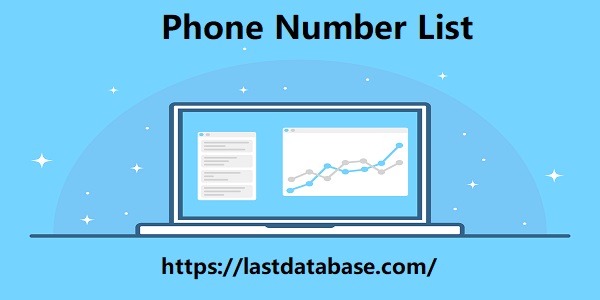Post by account_disabled on Mar 12, 2024 6:42:04 GMT 1
Which can block the display of images that are viewed in HTTPS environments (such as webmails). In these situations where email marketing images are blocked, having the link to the web version at hand is useful and allows the recipient to check the message correctly. When the link to the web version of the email marketing is accessed, because it is opened in a new browser tab or window, the favicon may be visible next to the page title, in the tab or window in which it is opened. The favicon will only be displayed if its instruction is present in the page's HTML code. To do this, you need to insert the favicon code into the HTML of the marketing email before sending it to the recipients. In other words, this task is up to the professional who develops the email marketing HTML. HOW TO INSERT THE FAVICON ICON IN EMAIL MARKETING In the same way it is inserted into a website.
If you have a website, if your website already has a favicon and if you want to use that same favicon in your email marketing, all you need to do is: access the source code of any page on your website where the favicon appears in the browser tab (right-click anywhere on the screen of your open website and in the menu that appears, there should be an option called “view source code from page"), find the line of code where the favicon is declared (between the and tags ) , copy the snippet corresponding to the code and paste it into the Phone Number List The code that declares the favicon in HTML is this content/themes/portalemailmarketing/icons/favicon view rawfavicon.html hosted with by GitHub It is located in the header of the HTML code, that is, between the and tags . You can find an instruction similar to this on your website and then copy and paste it into your email marketing. This way, the same favicon from your website will appear in the tab of your email marketing opened as a web page.

If you don't have a website or if your website doesn't have a favicon, you can copy the previous code and paste it into the source code of your website or email marketing. You will only need to change the address in the attribute href, which is the address of your icon, hosted on the web. This means that you first need to create your icon image, save it – preferably in PNG format – and host it on the web. But as the internet is wonderful, there are several sites that do this automatically, like Favicon.io . On this site, you can either upload your image to host it there, or choose to have your favicon generated from text or emoji – without having to create an image. Above, see what the icon looks like in the browser tab, in the web version of email marketing, without the favicon present in the HTML code. This is Chrome's default icon, displayed on every web page that does not have a favicon defined.
If you have a website, if your website already has a favicon and if you want to use that same favicon in your email marketing, all you need to do is: access the source code of any page on your website where the favicon appears in the browser tab (right-click anywhere on the screen of your open website and in the menu that appears, there should be an option called “view source code from page"), find the line of code where the favicon is declared (between the and tags ) , copy the snippet corresponding to the code and paste it into the Phone Number List The code that declares the favicon in HTML is this content/themes/portalemailmarketing/icons/favicon view rawfavicon.html hosted with by GitHub It is located in the header of the HTML code, that is, between the and tags . You can find an instruction similar to this on your website and then copy and paste it into your email marketing. This way, the same favicon from your website will appear in the tab of your email marketing opened as a web page.

If you don't have a website or if your website doesn't have a favicon, you can copy the previous code and paste it into the source code of your website or email marketing. You will only need to change the address in the attribute href, which is the address of your icon, hosted on the web. This means that you first need to create your icon image, save it – preferably in PNG format – and host it on the web. But as the internet is wonderful, there are several sites that do this automatically, like Favicon.io . On this site, you can either upload your image to host it there, or choose to have your favicon generated from text or emoji – without having to create an image. Above, see what the icon looks like in the browser tab, in the web version of email marketing, without the favicon present in the HTML code. This is Chrome's default icon, displayed on every web page that does not have a favicon defined.




